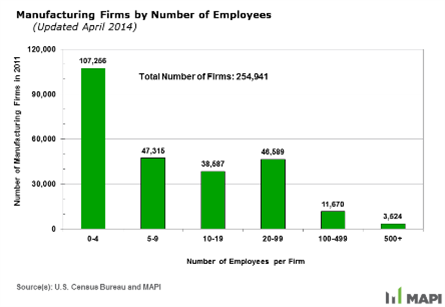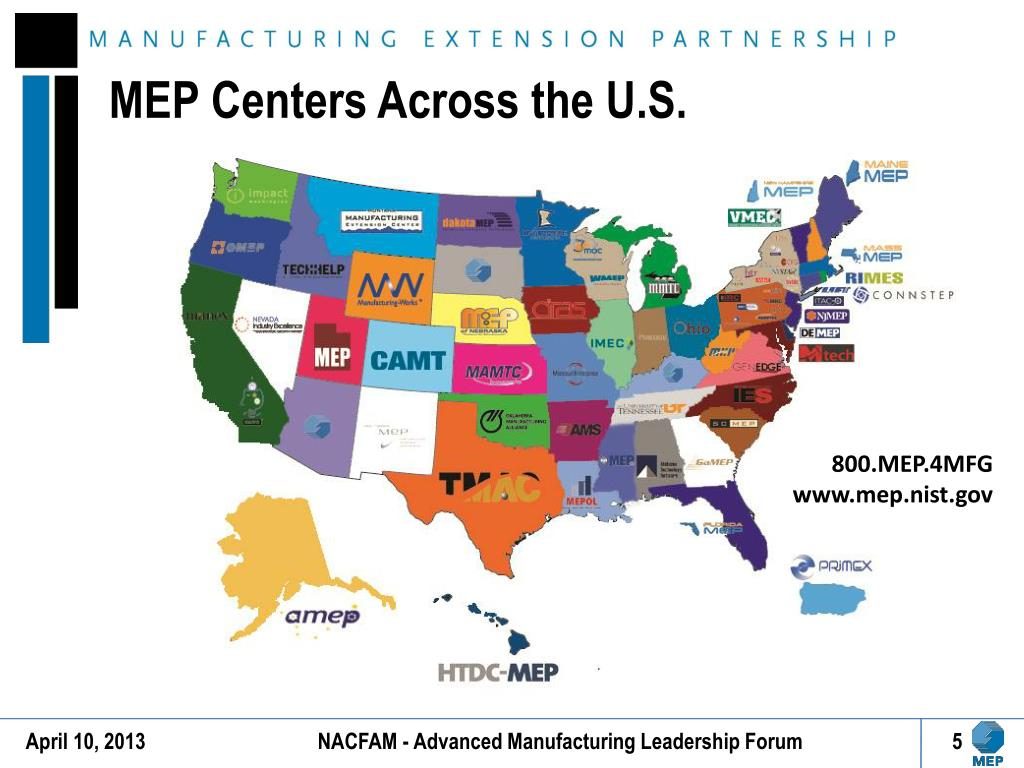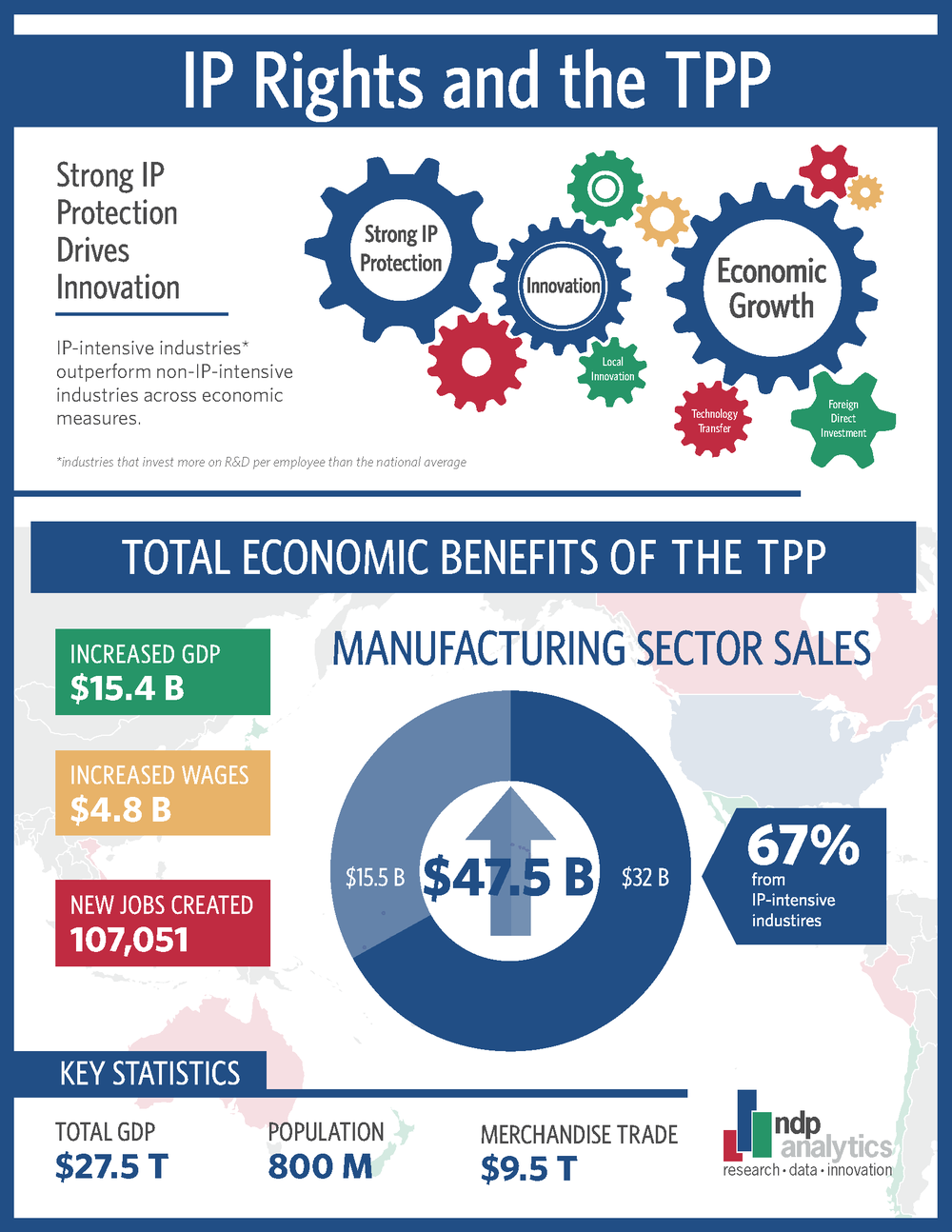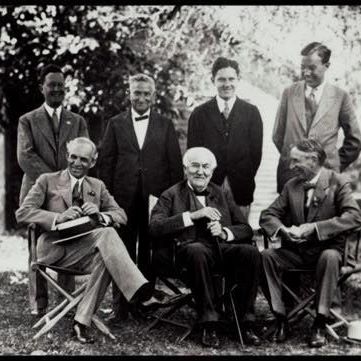Many serial inventors who have commercialized one or more inventions are
invisible. These serial inventors often have products that were never patented and trade secrets that are
hidden. An interesting question is, "Existing patents represent what percentage of the total intellectual property (IP) in the U.S.?" No one knows! There is no database.
Could patents actually represent less than 15% of the total intellectual property? It is hidden and often underutilized.
From 1976 to 2020, the U.S. Government Agencies, e.g., NSF, NIH, NASA, TVA, etc. invested $5.8 trillion dollars in R&D.
Do these hidden reservoirs of IP represent an untapped potential?
What percentage of hidden intellectual property integrated into value-added systems could be licensed to existing manufacturing companies?
Could this hidden intellectual property actually be the lynch-pin for America's future on-shoring of an advanced essential supply chain.
TEC-Search.COM

2025
Headquarters of MFG Companies
In 2014, privately-held manufacturing companies with 100-500 employees totaled 61,883. At least 16% or 9,901+ companies have management and cash flow to potentially scale with minimal risk. Helping these companies SCALE is a point of leverage to grow the middle class with increased discretionary as well as a sustainable economy in the U.S. around “Primary Jobs.”


2025
NIST-MEP
In 1989, Congress created the Manufacturing Extension Partnership. There are now over 1,100 agents in 50 states challenging the 330,000+ manufacturing companies with less than 500 employees to embrace state-of-the-art manufacturing processes.
2025
Universities & IP
Intellectual property (IP) offices at American universities have access to both patents and trade secrets as well as hidden IP that was never patented which could be transferred across state borders. In other words, university faculty are a potential lynch-pin to extract hidden intellectual property creating “Primary Jobs” locally, e.g., Wisconsin Alumni Research Foundation (WARF) with 1,000+ patents for sale.


2025
SUPPLY CHAINS
Historically, the American supply chain has been an invisible and often ignored component of America’s economic and national security. The post Pandemic period has ignited American decision makers regarding the shaping of an advanced 21st century supply chain for both consumer and industrial products.
- Generative AI and Inferential AI
- Scale existing MFG Headquarters
- Guarantee a Competitive Economy

Primary
Jobs
These are high paying jobs where companies are selling products or services to a national market...profits come back to local headquarters.

Inventure Equity
The U.S. has become enamored with venture capital whose usual goal is to flip a company within ten years. See the chart below.

SME/MFG
Companies
The "Birch Studies" at MIT in the 1980's also substantiated the reality that the bulk of job creation occurs in SME type companies.
